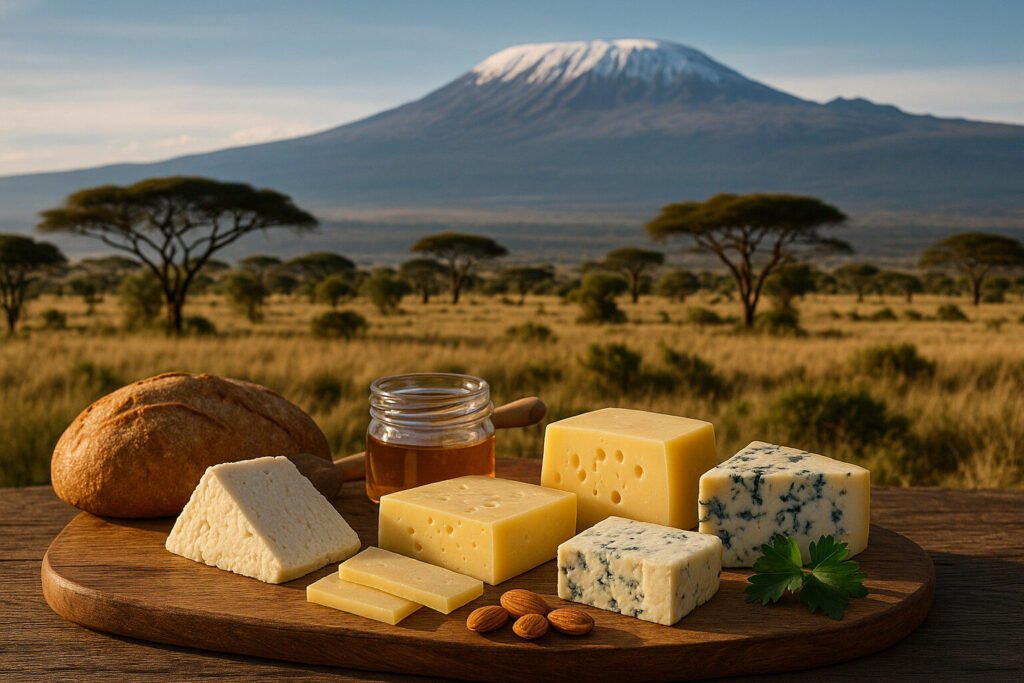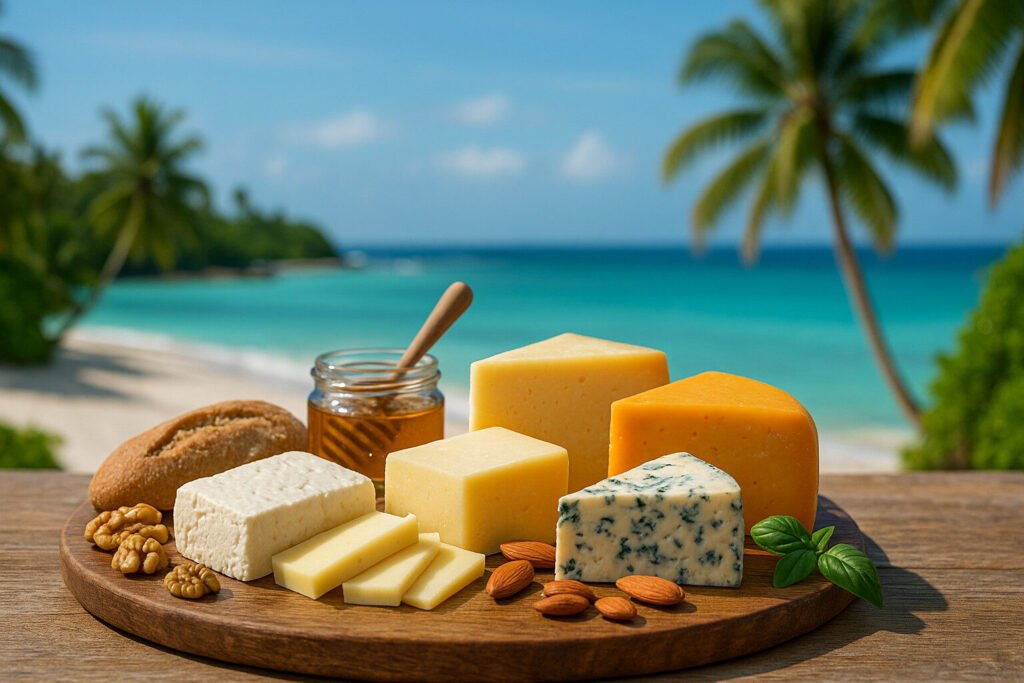Cheese Of Mauritius
Mauritius Cheese Definition and Scope
Mauritius cheese refers to dairy products crafted on the island nation of Mauritius in the Indian Ocean. These cheeses often incorporate local ingredients and reflect the multicultural culinary influences present on the island. The scope includes both artisanal fresh cheeses and aged varieties developed by local producers.
Production is typically small-scale, focusing on supplying the domestic market and tourist industry. Cheesemakers in Mauritius utilize milk from local cattle and sometimes incorporate tropical flavors. This category represents a growing segment of the island’s agri-food sector.
Mauritius Cheese Production Techniques
Traditional Mauritian cheese production begins with pasteurized cow’s milk from local dairy farms. Artisans often employ basic acid-set or rennet coagulation methods suitable for the tropical climate. The humid environment necessitates careful attention to aging conditions and moisture control.
Some producers experiment with flavor infusions using local ingredients like chili, herbs, or spices. Modern facilities have introduced temperature-controlled aging rooms to develop more complex varieties. Production volumes remain limited but show increasing sophistication.
Sensory Profile of Mauritius Cheese
Mauritius cheeses typically present mild, creamy profiles with subtle tangy notes. Fresh varieties offer soft textures and milky flavors that appeal to local palates. The humidity influences development, often resulting in quicker-ripening characteristics.
Flavored versions may exhibit hints of local seasonings such as garlic, thyme, or piment. Aged examples develop more pronounced savory notes while maintaining approachable flavor intensity. The overall sensory experience reflects the island’s preference for accessible dairy products.
Culinary Uses of Mauritius Cheese
Mauritius cheese primarily serves as a table cheese or sandwich component in local cuisine. It frequently appears in hotel breakfast buffets and restaurant menus catering to tourists. The mild varieties work well in salads and as accompaniments to fresh fruits.
Some flavored versions are used as cooking ingredients in Mauritian fusion dishes. Grated varieties may top traditional baked goods or incorporate into savory pastries. The cheese’s versatility makes it suitable for both European-style and Creole culinary applications.
Regional Examples and Variations
Domaine de l’Étoile and Happy Cow represent established Mauritian cheese producers. Their products range from simple fresh cheeses to semi-hard aged varieties. These operations demonstrate the adaptation of European techniques to local conditions.
Variations include le Roule Mauricius, a rolled herb cheese, and chili-infused blocks. Some producers create limited batches using milk from specific regions of the island. These regional examples showcase the emerging diversity within Mauritius cheese production.


